
- For PC
- For MAC
- For Linux
- OS: Windows 10 (64 bit)
- Processor: Dual-Core 2.2 GHz
- Memory: 4GB
- Video Card: DirectX 11 level video card: AMD Radeon 77XX / NVIDIA GeForce GTX 660. The minimum supported resolution for the game is 720p.
- Network: Broadband Internet connection
- Hard Drive: 23.1 GB (Minimal client)
- OS: Windows 10/11 (64 bit)
- Processor: Intel Core i5 or Ryzen 5 3600 and better
- Memory: 16 GB and more
- Video Card: DirectX 11 level video card or higher and drivers: Nvidia GeForce 1060 and higher, Radeon RX 570 and higher
- Network: Broadband Internet connection
- Hard Drive: 75.9 GB (Full client)
- OS: Mac OS Big Sur 11.0 or newer
- Processor: Core i5, minimum 2.2GHz (Intel Xeon is not supported)
- Memory: 6 GB
- Video Card: Intel Iris Pro 5200 (Mac), or analog from AMD/Nvidia for Mac. Minimum supported resolution for the game is 720p with Metal support.
- Network: Broadband Internet connection
- Hard Drive: 22.1 GB (Minimal client)
- OS: Mac OS Big Sur 11.0 or newer
- Processor: Core i7 (Intel Xeon is not supported)
- Memory: 8 GB
- Video Card: Radeon Vega II or higher with Metal support.
- Network: Broadband Internet connection
- Hard Drive: 62.2 GB (Full client)
- OS: Most modern 64bit Linux distributions
- Processor: Dual-Core 2.4 GHz
- Memory: 4 GB
- Video Card: NVIDIA 660 with latest proprietary drivers (not older than 6 months) / similar AMD with latest proprietary drivers (not older than 6 months; the minimum supported resolution for the game is 720p) with Vulkan support.
- Network: Broadband Internet connection
- Hard Drive: 22.1 GB (Minimal client)
- OS: Ubuntu 20.04 64bit
- Processor: Intel Core i7
- Memory: 16 GB
- Video Card: NVIDIA 1060 with latest proprietary drivers (not older than 6 months) / similar AMD (Radeon RX 570) with latest proprietary drivers (not older than 6 months) with Vulkan support.
- Network: Broadband Internet connection
- Hard Drive: 62.2 GB (Full client)
|
When Japanese intelligence learned of the B-29 bomber in 1943, the military realised plans for new types of aircraft would be required to defend the home islands. The priority for early fighters had been manoeuvrability and range, typified by the outstanding A6M Zero. However intercepting B-29s would require performance at extremely high altitude and the heaviest possible weaponry. Captain Masaoki Tsuruno produced an innovative canard design with a rear-mounted engine and three MXY6 gliders were built to test the configuration. Performance of the gliders was sufficiently impressive for the Imperial Japanese Navy to order the J7W1 from the drawing board, powered by a supercharged Mitsubishi piston engine. It was given the name Shinden meaning "Magnificent Lightning".
The J7W1, found at the end of Rank IV of the Japanese naval fighter tree is an excellent aircraft, especially at a higher altitude. Try to climb as high as circumstances allow you. Its rate of climb is good but not spectacular, so have that in mind. Try to keep a speed of around 290km/h when climbing and be sure to remain diligent, looking for your enemy whilst gaining altitude.
You want an altitude advantage over your opponents - the Shinden is exactly the type of aircraft that rewards “boom and zoom” gameplay. It has a good roll rate at high speed and if an opponent attempts to evade by pulling a snap manoeuvre you may be able to make a quick adjustment to keep your guns on them. Do not get into a sustained turning fight though, disengage promptly if your first pass fails, extend away and line up another attack. The main strength of the J7W1 is its exceptional dive speed. In Realistic and Simulator modes it can reach almost 900km/h before breaking up, faster than the most of the propeller-driven aircraft and early jets it may face. If an opponent attempts to escape by diving away you should be able to catch them, unless they overstress their airframe first. Conversely if you are at an altitude disadvantage and an opponent swoops down to attack, you may be able to dive to safety, but only if you have sufficient time and altitude to pick up speed and maintain a safe distance from your attacker.
The four Type 5 30mm cannons give the J7W1 a formidable punch. Ammunition is in short supply however, with only 60 rounds per gun. In Arcade battles this is not such an issue, though the large calibre of the guns means you still face a lengthy wait for them to reload, so if you find a quiet moment without nearby enemies it is well worth manually reloading. In other modes you will need to exercise keen trigger discipline; only fire when you have a good chance of a hit and stick to short bursts. As the guns are nose-mounted you do not need to worry about convergence (targeting distance) and in the event of a head-on attack you can open fire at long range, but head-on engagements are always something of a lottery. The “Tracers” belt is a good option once the ammunition upgrade is unlocked, its shells have the highest velocity of the available ammunition types.
PROS AND CONS OF THE VEHICLE:
|
|
The Shinden's armament make it ideal for engaging heavy bombers, as befits an aircraft designed to intercept B-29s; always keep your speed up and do not approach from directly behind to avoid giving enemy gunners an easy shot. It should go without saying that attacking ground targets is not the best use of a fighter optimised for high altitude performance. The cannons are not effective against armour and the 60kg bombs it can carry are of limited use, especially as they must be placed very accurately due to their small blast radius.
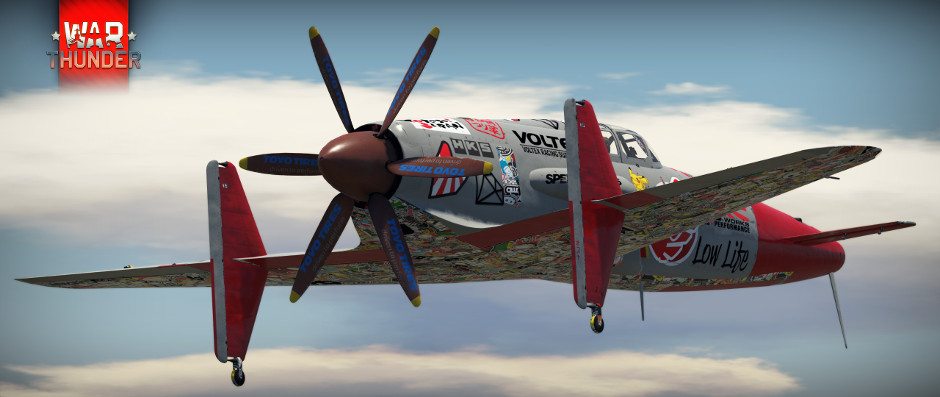 |
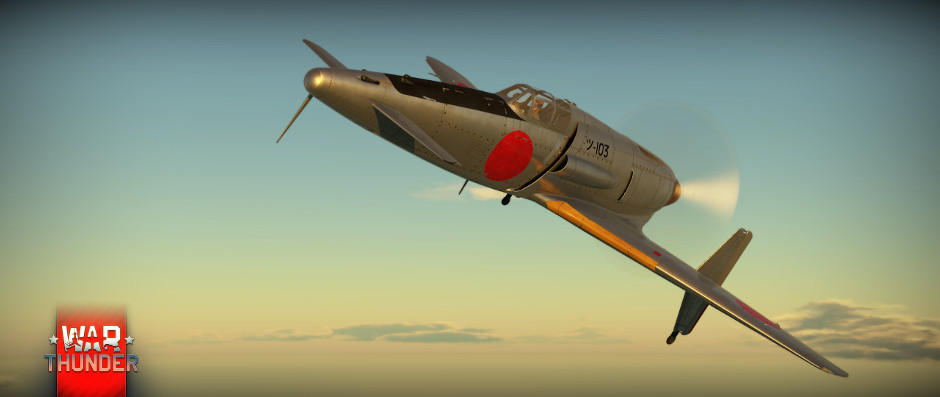 |
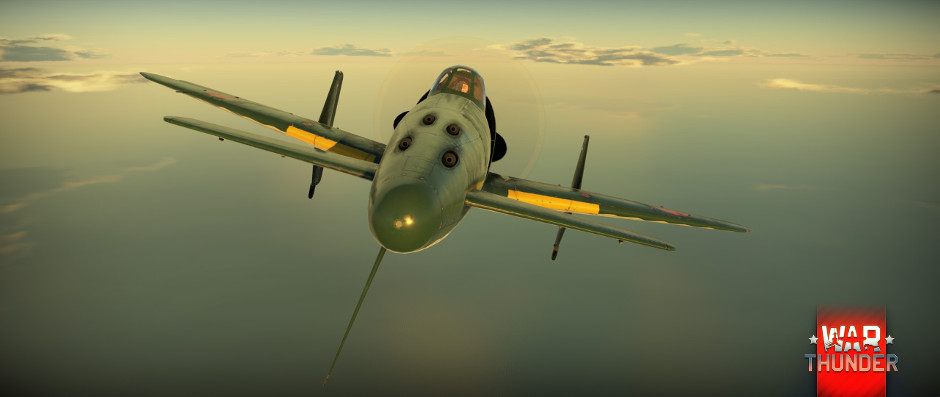 |
Only two prototypes of the J7W1 had been completed by the end of war, managing just a few test flights before the surrender of Japan. The ultimate aim was for the J7W to mount a jet engine, which would have been a relatively straightforward modification thanks to the rear-engine configuration. The US Navy took one of the prototypes back to the United States (currently in storage awaiting restoration), however it was never flown or developed further ,leaving it a tantalising "what if" of the early jet age.
Author: John “Zoso” Moore
Want to read more about the vehicles in War Thunder? Find other Vehicle Profiles on our website!
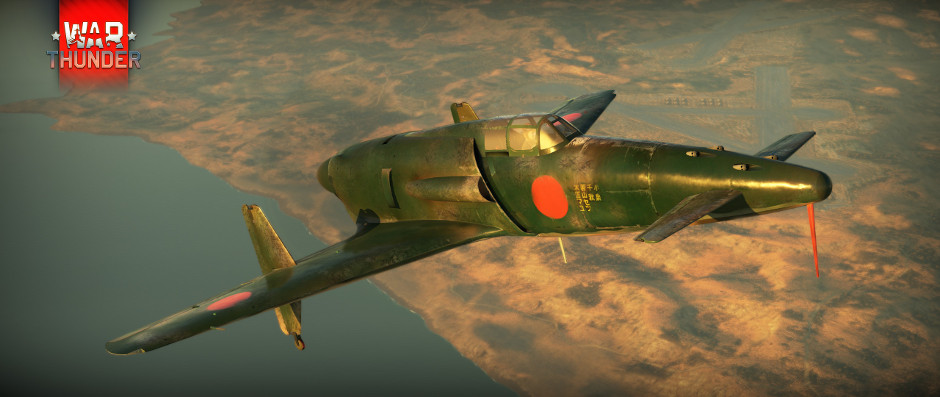
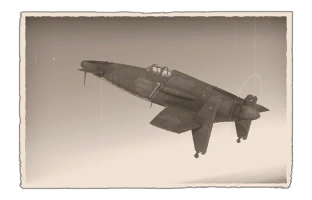
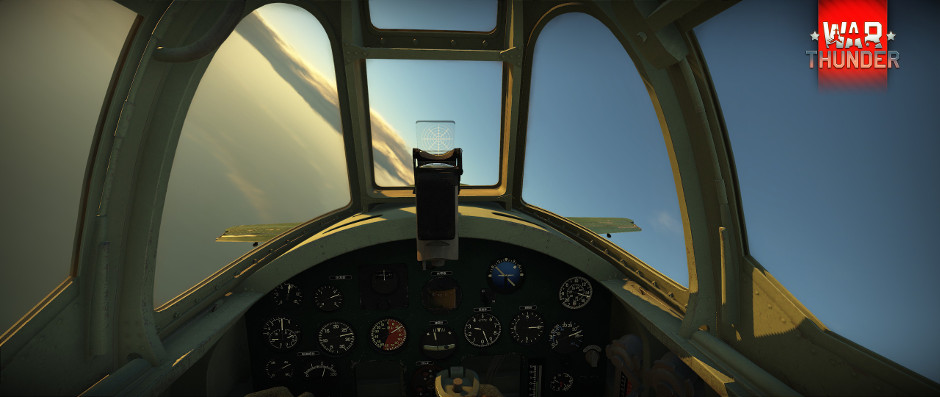
 PROS:
PROS: CONS:
CONS: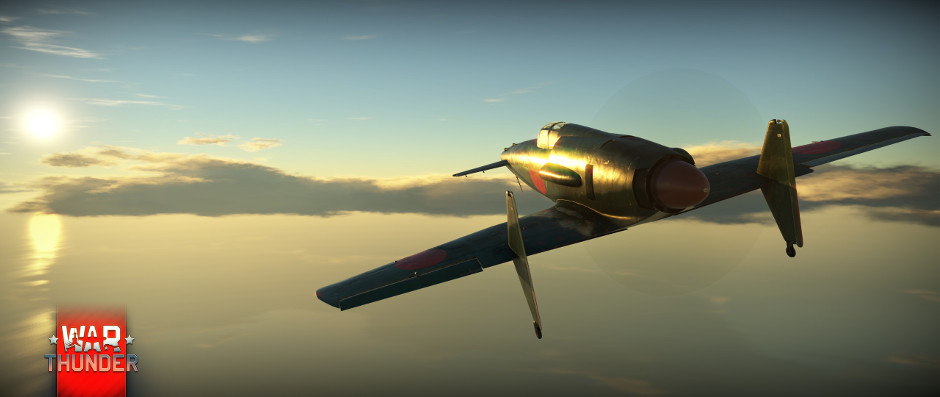



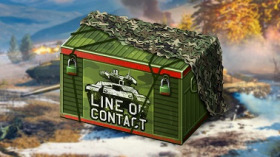
Comments (43)
Also, the J7W2 should definitely be added to the game. It is an obvious addition to add before the Kikka and I am surprised it has never been added yet - and I feel it would make a lot of players very happy to have an alternative to the lackluster Kikka.
Lackluster? no
any chance of the j7w2 with the jet engine coming to war thunder?
My favorite plane in the game! :D
I'm in tier 4 German aircraft and tanks, and I want to finish this road. I don't think this plane is for me in the near future. 4th tho :)
This is the only plane (sides the Kikka) in the Jap tree i want to fly but i'm stuck grinding through the 15 different zeros and Ki's
Honestly, it's not that good. It's quite fast but the plane just doesn't want to change direction, and it's not stable during rolls and turns so you can't do "reflexes shots" easily. The guns are sparkling like crazy, it's quite frustrating. But the Kikka is good, especially once you unlock the 2nd 30mm gun.
Shepard_FR, both are really good.
did anyone notice that they said manoeuvre not Maneuver
Yup. It's called "English." :D
Does this mean you're going to fix it's overly-fragile and frankly broken DM? The FM itself is also extremely wonky - anyone who has flown it will know what I'm talking about. Receiving yellow-tier damage anywhere on the plane renders it 75% unflyable and the already broken FM does not help it at all. Is it usable right now? Yes, but it should be much better - and it would be, if it didn't have so many game-related shortcomings. If you are going to write a post about it, please fix it!
If you think that something is overly-fragile and frankly broken (and it's in WT code) , please submit a bug report.
A decent fighter but your ridiculous repair cost (above 10,000+ SL) is what keeping me away from high tier aircraft. That amount of credit is average for what i usually got from every match, so basically i won't get any credit because they will all gone for repairing the aircraft and i also have premium account, imagine if i don't, will i always have to lose my credits if i want to play the high br vehicle? How long will you ever reconsidering this? Anyway hope the Ki-64 make into the game soon.
Maybe some day we will see J7W2 in WT :^)
will the kikka ever get a buff though?
giving it the second gun while stock is all it needs
Submit a complaint